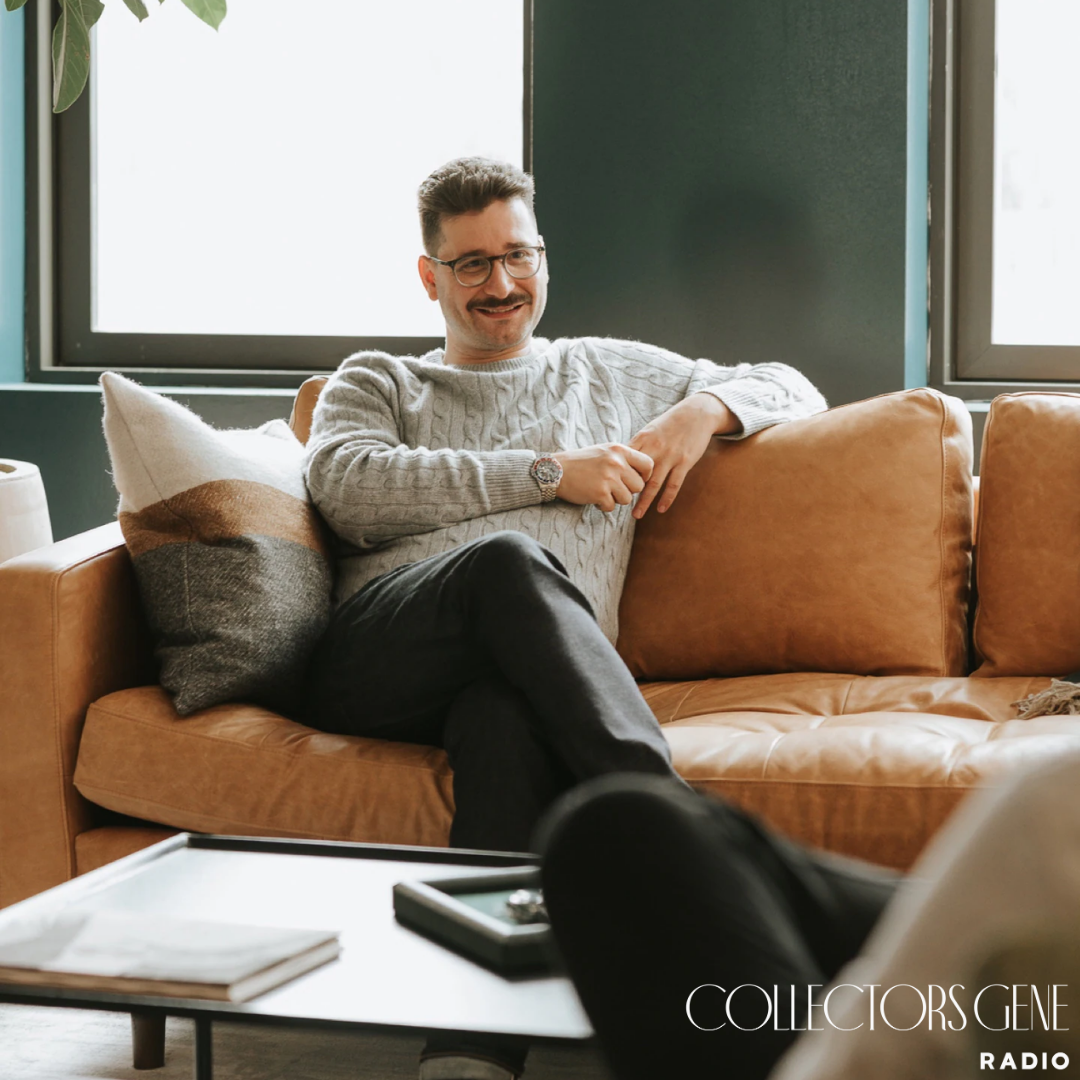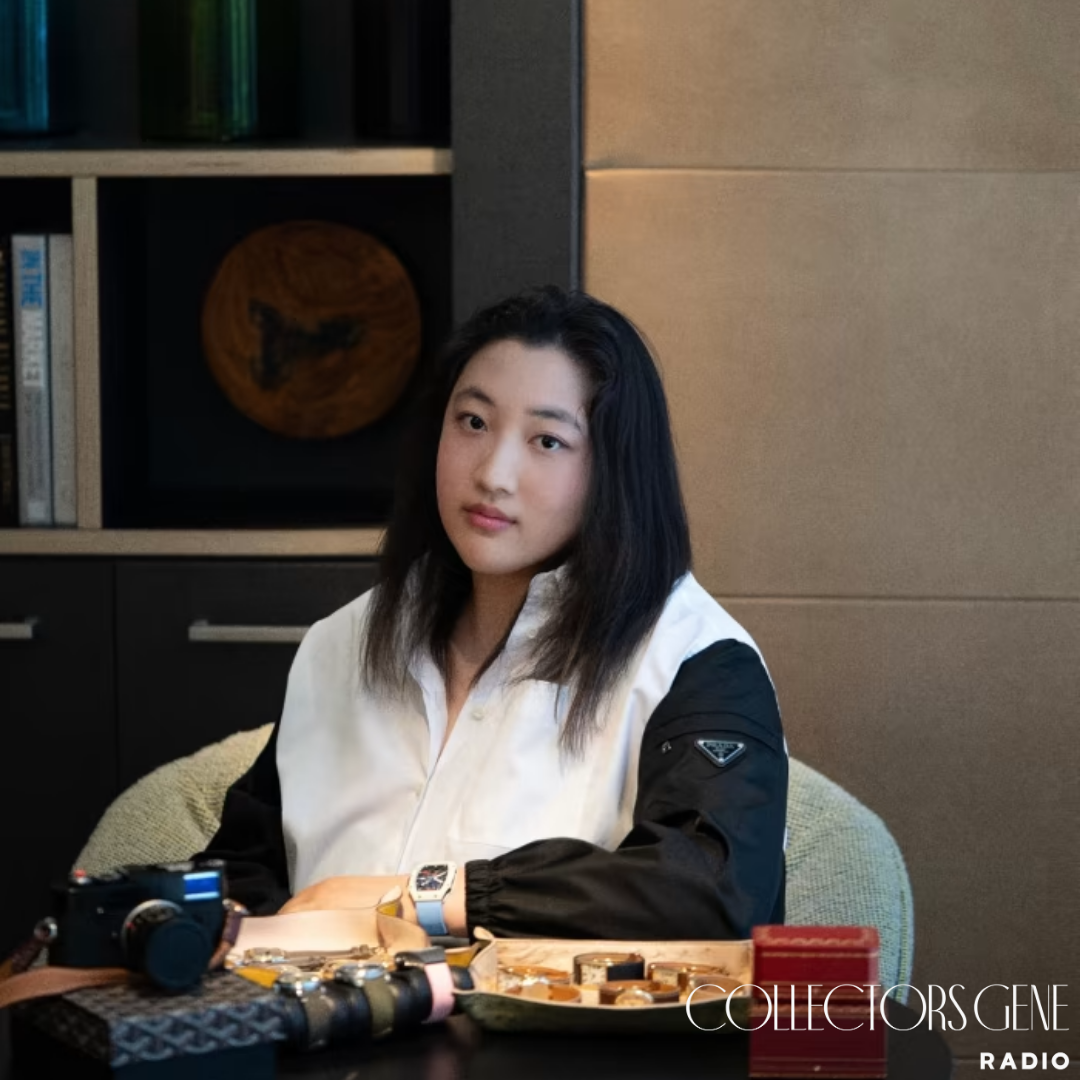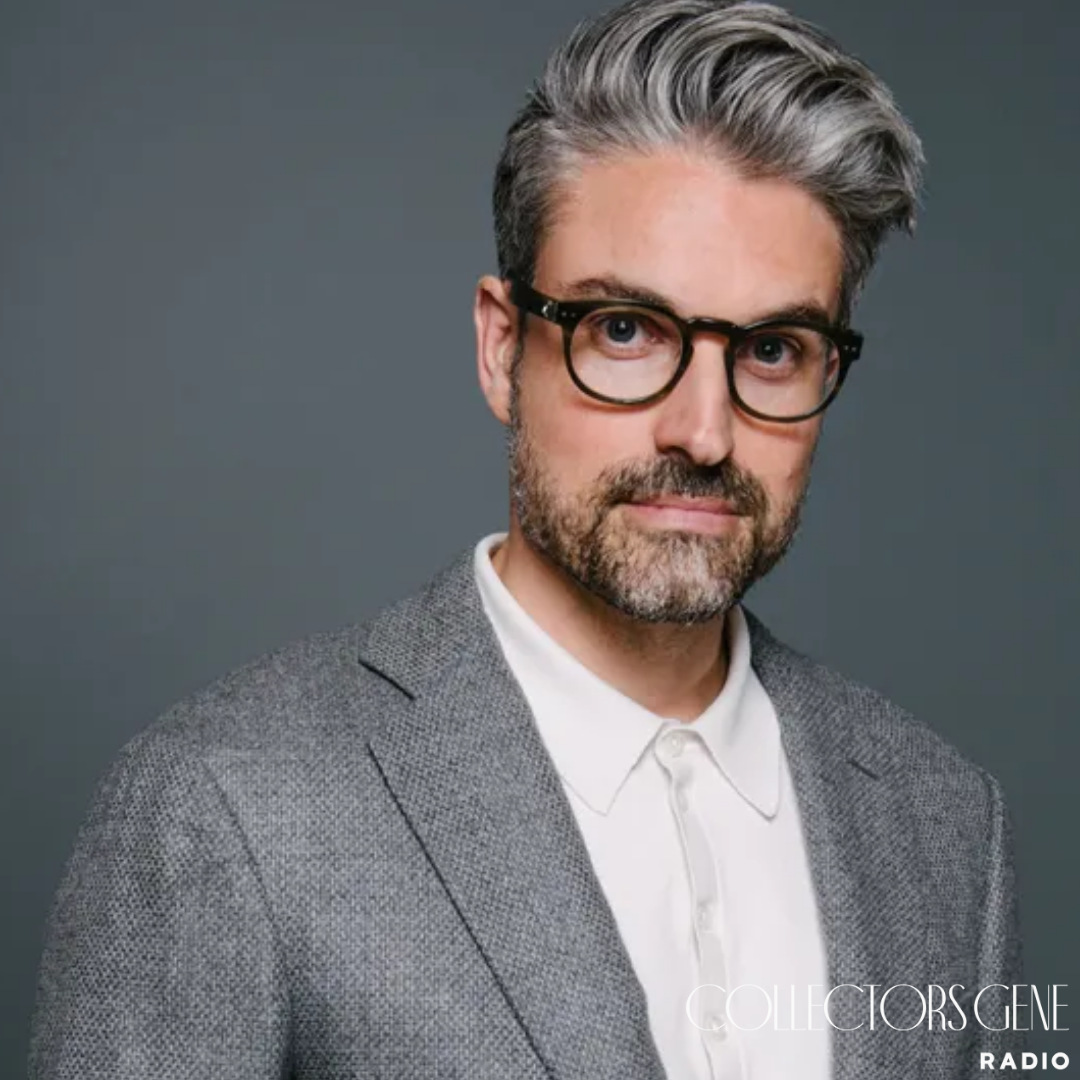I’ve had the chance to sit with plenty of collectors who approach their passions from all angles, scholars, dealers, lifelong obsessives, but every once in a while, someone surprises me with a perspective that feels refreshingly different. Jason Fried is one of those people. You might know him as a tech founder, but beneath the professional title is someone who thinks deeply about the objects in his life. His collection is not about scale or hype; it’s about balance, proportion, and living with pieces that feel both timeless and personal.
From the moment we started talking, it was clear Jason isn’t driven by trends or social validation. His collecting philosophy is rooted in utility and design. We touched on watches, green tea, tabletop radios, even Japanese chawans, and the throughline was consistent: he gravitates toward objects that reveal their beauty in thoughtful details rather than loud statements.
Why Watches First
For Jason, watches are the perfect object to collect. They carry technical brilliance, history, and design within a form you can live with every day. Unlike cars or radios, they don’t overwhelm you with space demands, yet the variation is endless. Wearing them turns collecting into a daily ritual, not just a hobby.
He’s particularly drawn to pieces that play with asymmetry. What might feel unsettling to others reads as perfectly proportioned to him. That sensibility reflects his broader philosophy: design doesn’t have to be conventional to be balanced. His comfort zone hovers around smaller cases, often 36mm, though he admits some models earn an exception. The important part is wearability, if a watch doesn’t fit his wrist or his lifestyle, it doesn’t belong in the collection.
Every piece Jason owns has passed through a personal filter of beauty and functionality. He doesn’t pile up watches for the sake of it. Each one has to justify its place, and that kind of restraint is rare in a collecting world often fueled by quantity.
Beyond Watches
Watches might be his anchor, but Jason’s appreciation for design runs wide. At one point, he collected early tabletop radios from the 1940s. He loved their daring shapes and the way they embodied the optimism of their era, but eventually the bulk of them, both physically and practically, was too much. Radios take up space, and most of them no longer worked. Without the chance to interact with them daily, they started to feel static.
That realization steered him toward something more usable: Japanese chawans, or matcha bowls. They’re part of his everyday routine, and the subtle variations in glaze, shape, and texture make each bowl a work of art in its own right. Preparing tea becomes both ritual and discovery. He even dove into the nuances of tea itself, comparing Japanese methods of processing Gyokuro, Sencha, and Matcha to Chinese styles, pointing out how oxidation changes everything. For Jason, the object and the ritual can’t be separated.
It reminded me of past conversations with guests who collect things you can live with daily, whether it’s Roni Madhvani viewing watches as art, or Nate Berkus surrounding himself with objects that carry memory. Jason’s chawans fit into that same philosophy.
Mentors and Inspirations
Jason’s taste hasn’t developed in isolation. He admires collectors like Eric, who moves across brands and categories with an open mind, proving that taste doesn’t have to be brand loyal. He looks to dealers like Steve Hallock, who championed independent watchmaking long before it was fashionable, and has introduced Jason to pieces he might otherwise have missed. And yes, Ben Clymer of Hodinkee makes the list, not just for access to rare watches, but for his careful research and ability to pinpoint the “right” examples.
Jason doesn’t see himself as a researcher at that level, but he values what he’s learned by watching these figures. Taste, knowledge, and curiosity go hand in hand, and surrounding yourself with the right voices sharpens your own perspective.
The Art of the Chase
The thrill of the hunt is something every collector understands, but Jason’s take is worth noting. He enjoys the chase, negotiating, waiting, tracking down the right piece, but he emphasizes that ownership has to matter more. If the rush of acquisition outweighs the satisfaction of living with the object, you’re collecting for the wrong reasons.
Even small victories, like negotiating shipping terms or a modest discount, add to the story of an object. They make the piece feel more personal, more connected. Collecting, as Jason frames it, isn’t only aesthetic or financial, it’s relational.
The Collectors Gene Rundown
The One That Got Away: For Jason, it’s not just about price tags. The white-gold Patek Philippe 3448 looms large in his imagination, not because he regrets not buying it, but because it embodies everything he looks for in design: restraint, proportion, and quiet brilliance.
The On Deck Circle: His attention is on deepening, not widening. Instead of chasing something entirely new, he’s interested in finding variations of references he already lives with, different dials, subtle case differences, objects that expand on a theme rather than start a new one.
The Unobtainable: He accepts that some pieces, whether locked away in museum archives or private collections, will remain out of reach. That doesn’t frustrate him. If anything, it strengthens his appreciation from a distance.
The Page One Re-Write: His pivot from bulky radios to chawans is the clearest rewrite. Radios taught him about design optimism, but chawans taught him about daily engagement. If he could start fresh, he’d move straight to objects that shape his everyday rituals.
The GOAT: He points to those who collect with curiosity rather than rules. Eric for his eclecticism, Steve Hallock for his eye on independents, Ben Clymer for precision in research. Each represents a way of approaching taste that resonates with Jason’s own ethos.
The Hunt or The Ownership: Jason enjoys the chase, but insists the object has to deliver lasting value. A deal or discount makes the hunt sweeter, but if the piece doesn’t stand up to daily life, the thrill evaporates.
Do You Feel That You Were Born With The Collector’s Gene?: Jason frames it differently, less about being “born” with it and more about cultivating the discipline. For him, collecting isn’t instinctive hoarding, it’s intentional editing.
Closing Thoughts
What struck me in talking with Jason is how complete his philosophy feels. He doesn’t separate design from function, or ritual from object. A watch, a chawan, even a radio, they’re all judged by the same criteria: balance, proportion, and the ability to enrich daily life.
In the same way past guests like Giberto or Sam Fox showed us that collecting can expand beyond objects into legacies and experiences, Jason reminds us that it can also shrink to the scale of a teacup, and still carry the same weight. His approach proves that thoughtful collecting isn’t about having the most but about having the right things, and living with them fully.





